#art and ecology
Text
(For)
Some ecologists are calling for predators such as wolves and lynx to be returned to Ireland
They say this would help control Ireland's expanding deer population and so protect forests and crops
Sheep farmers in particular say they fear attacks on their animals and the threat to rural communities
The animals were hunted to extinction in Ireland in the late 18th Century, but there are increasing calls from ecologists to bring them back, potentially alongside another large predator, the lynx.
The benefits, they argue, range from controlling deer numbers and so protecting forests, to reducing road accidents.
However, the idea of reintroducing large predators is, not surprisingly, unpopular with Ireland's farmers.
Sheep farmers in particular fear attacks on their flocks and the impact on rural communities.
If there's one key reason for the calls to bring back the predators it's the ever expanded deer population in Ireland.
Overgrazing by them has led to damage to forests as well as crops.
Earlier this year, the chair of the Wicklow Deer Management Partnership said there could be more than 100,000 of the animals in that county alone.
Last year, 55,000 deer were culled in Ireland.
Ecologist Padraic Fogarty says that Ireland had pressing targets to meet for climate and biodiversity.
"Among those is restoring elements of our natural ecosystem particularly forests, peatlands and so on," he says.
"You just can’t have natural ecosystems that work without big predators.
"So if we want to re-establish big areas of forest that’s not going to be possible if we’re going to have deer numbers that are totally out of control or we don’t have the balance in those forests so that they can re-generate and perpetuate themselves over the long-term."
Mr McLoughlin adds that culling deer is not working.
"The first year that they culled deer in Ireland they killed 5,000 deer, last year they killed 50,000," he says.
"Every year, it’s cull, cull, cull and the numbers are still increasing."
He says by chasing their prey, wolves ensure they catch "the sick, the diseased, the old and the frail" and create a healthy deer population.
"The diseased ones that they’re taking out of the population are diseases that we really fear, like Lyme disease that affects thousands of people in Ireland," he says.
"They will also take out TB, which farmers dread.
"Crop framers have their crops destroyed by overpopulation of deer – the wolves will actually help the crop farmers, the tillage farmers."
Mr McLoughlin also cites a US study that suggested a 23% in reduction in road accidents involving deer in places with a wolf population.
"Wolves create a landscape of fear that keeps deer moving, it keeps deer away from the roads, it keeps deer up in the highlands where we want them, not down in our fields or in our gardens," he says.
"Despite intensive farming and urban sprawl, all it took for these animals to recover in mainland Europe was for people to stop killing them."
He says the public would have nothing to fear from the prospect of lynx reintroductions.
"There is not a single record of a human attack, let alone mortality from a wild Eurasian lynx anywhere in the world," he says.
(Against)
John Joe Fitzgerald is a sheep farmer from County Kerry and member of the Irish Natura and Hill Farmers Association.
"We have the domestic dogs in this country, they’re killing anything between 300 and 500, maybe 600 animals a year," he says.
"We can’t control the domestic dogs we have, how are we going to control a wild animal?
"I can’t see any way that they could reintroduce these animals, it wouldn’t be fair on the rural communities, it wouldn’t be fair on farmers and even small towns."
Mr Fitzgerald says across Europe where wolves have returned, thousands of sheep are being killed by them every year.
"Are we going to live in fear now that our animals are going to be slaughtered?" he says.
"The vast tracts of land are not in this country to reintroduce wolves, even if they’re going to be controlled.
"The only known predator to the wolf in Ireland is a gun.
"It’s not nice to reintroduce wolves and then we as farmers or rural communities have to start shooting them – it makes no sense."
(Meeting both halfway)
Padraic Fogarty said an important part of any reintroduction projects would be to pay farmers and local communities.
"We’re not talking about compensation, because that kind of implies damage, but if we start talking about the rewards communities could get from having large predators in their areas then I think the attitude might be different and we might have a different conversation that wouldn't be so vexed," he says.
Josh Twining agrees with this approach.
"Mitigation programmes in countries where people share their landscapes with large carnivores vary substantially, but increasing in popularity is the use of conservation performance payments," he says.
"I think for lynx reintroduction to ever gain any real traction, it needs to be led in collaboration with those who would be most affected, the sheep farmers, the game keepers, the custodians of the land."
Killian McLaughlin says that there is a "need to start educating people first of all and educating them that they [wolves] don’t kill people and they actually benefit us as well".
He adds: "There’s lots of ways of protecting livestock and our neighbours on the continent have gotten very good at protecting them."
Padraic Fogarty says that technically, these reintroductions would be feasible and that the species themselves could survive and adapt - "but it’s living alongside humans that is the problem".
Mr McLoughlin says it wouldn't take many wolves to balance the ecosystem.
"Top predators never overpopulate because if they do their food source disappears and they disappear," he says.
"We could initially start off with one pack and study them, but we would need a bit of genetic diversity, so you would probably need several pairs."
He adds: "It would really be about giving them the basics that they need to survive and then just leaving them well enough alone and letting nature take its course, because nature survived without us for millions and millions of years."
#biodiversity#art and ecology#ecosystem#reintroduction#conservation#cohabitation#wolves#lynx#forest#wildlife#Irish wildlife#farming#ecology
48 notes
·
View notes
Text
landscapes in music
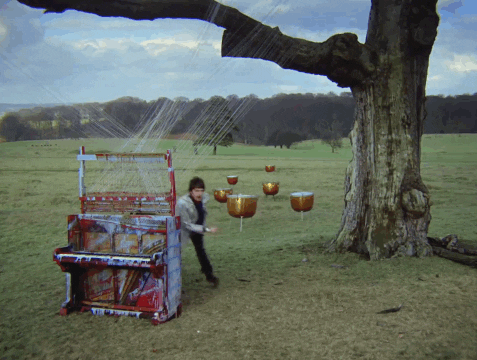


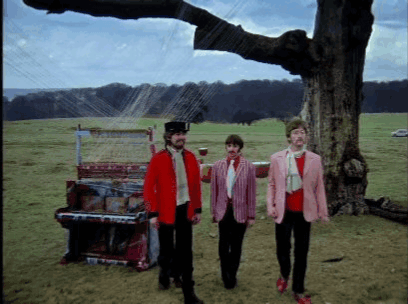
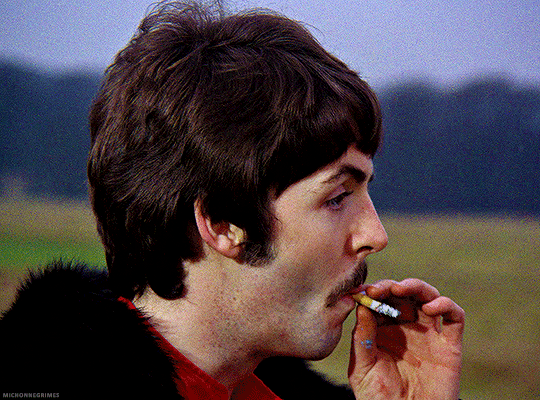
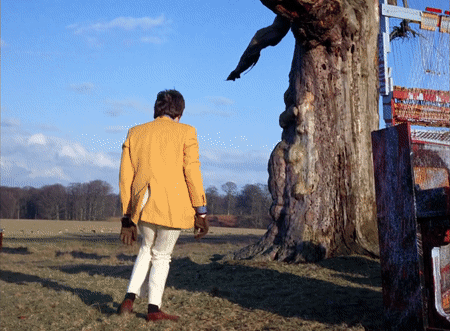
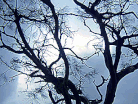
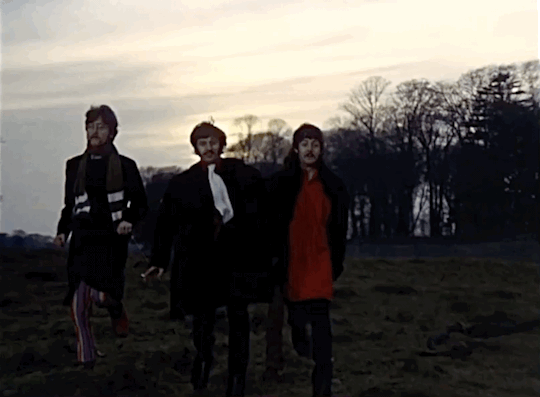

the beatles
strawberry fields
magical mystery tour
1967
knole park, sevenoaks kent
uk
#the beatles#paul mccartney#john lennon#george harrison#ringo starr#strawberry fields#magical mystery tour#united kingdom#landscape in media#green archive#landscape study#land art#art and ecology#research#observation
7 notes
·
View notes
Text
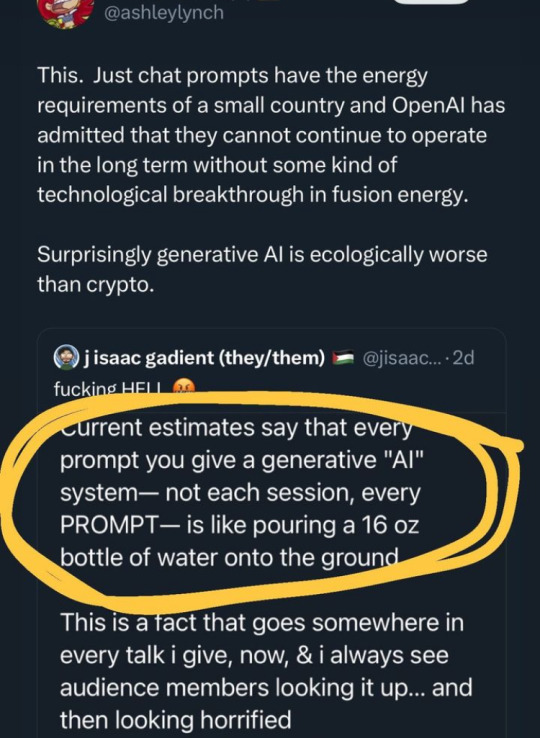
#ai#ai art#climate change#ecology#ecocide#water rights#land back#respect water treaties with First Nations#wasteland#waste#waste fraud and abuse#desertification
43K notes
·
View notes
Text
The Lancetfish is a species that looks like it comes straight out of a realistic fantasy world building project.
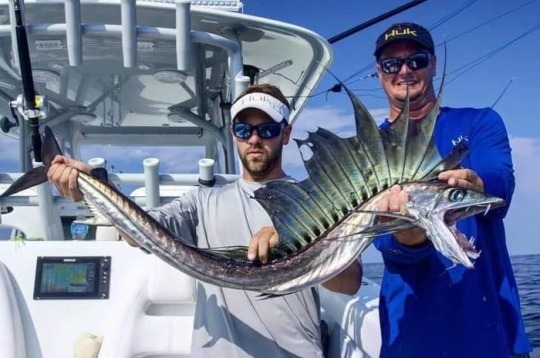
#speculative biology#speculative ecology#speculative evolution#speculative zoology#traditional art#traditional sketch#spectember#specposium#paleontology#fanart#paleo meme#paleo art#paleontologist#paleostream#paleobird#paleomedia#paleoblr#paleoillustration#paleoart#worldbuilding#world#fishing#world building#fantasy#realistic fantasy#fish#lancet fish#lancetfish
65K notes
·
View notes
Text
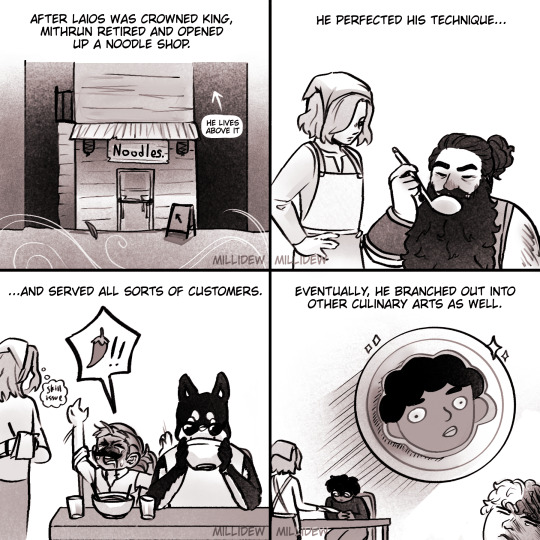
his change in career has captivated me
bonus:

#dungeon meshi#mithrun#senshi#kabru#mickbell tomas#kuro#i saw a pic saying that mickbell and kuro also worked in a noodle shop post canon...#they could be working for mithrun but i think this is the funnier option#i love that for all three of them#the atmosphere would be so bad but the food is good if you like spicy food (mithrun doesn't notice how spicy it is)#laios would like it. '5 stars! i spent 2 hours in the bathroom after but made a new forest so it's ecologically friendly :D!'#one day kabru is going to sit mithrun down because he can't stand it anymore he HAS to at least change the interior decor#my post#art#millie's art#dungeon meshi spoilers#delicious in dungeon spoilers#dunmeshi spoilers
13K notes
·
View notes
Text
little illo for an anarchist queer ecology zine

#queer artist#queer ns/fw#nonbinary artist#queer art#trans art#art zine#queer ecology#lgbt art#anarchism#activist art#illustration#ns/fw#mararosa
3K notes
·
View notes
Text

colorful ecology
#illustration#plants#aesthetic#botanical#ecology#roses#water lily#violets#carnation#lavender#queer#washi tape#esoteric#stars#digital art#art fart#prinsomnia#art ph#portfolio
5K notes
·
View notes
Text
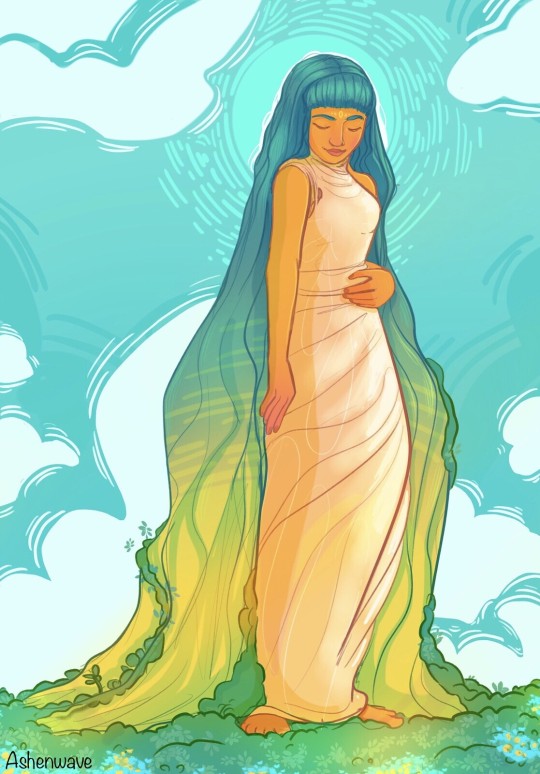
🌱An Earth Goddess for Earth Day 🌱
Art prints
#earth day#illustration#2d art#original art#fantasy art#my art#digital art#artists on tumblr#concept art#procreate app#whimsical#colorful#gaia#mother earth#human artist#ecology#nature
4K notes
·
View notes
Text

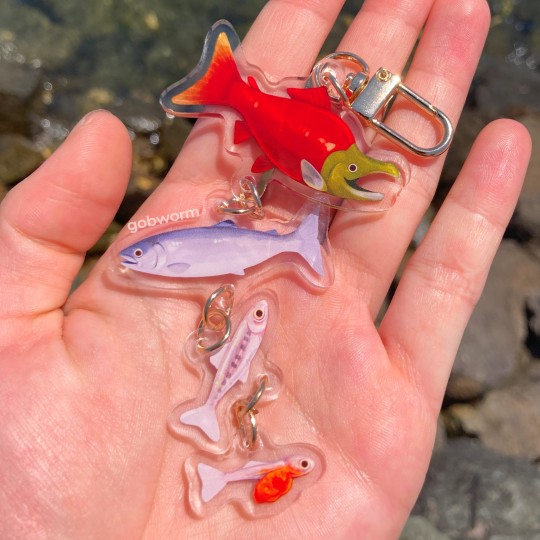
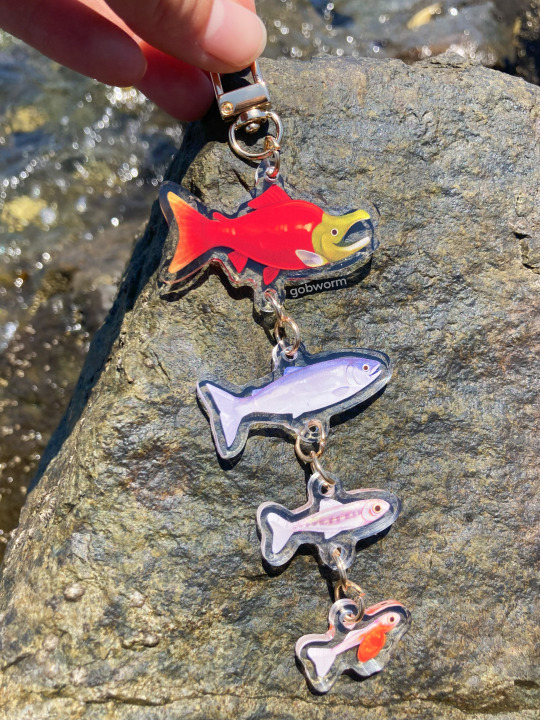
salmon life cycle charms!
buy them here!
#salmon#fish#fish biology#ichthyology#fishblr#sea creatures#marine life#marine biology#life cycle#biology#zoology#ecology#conservation#acrylic charms#small business#acrylic keychain#etsy shop#shop small#art business#digital art#artists on tumblr
3K notes
·
View notes
Text
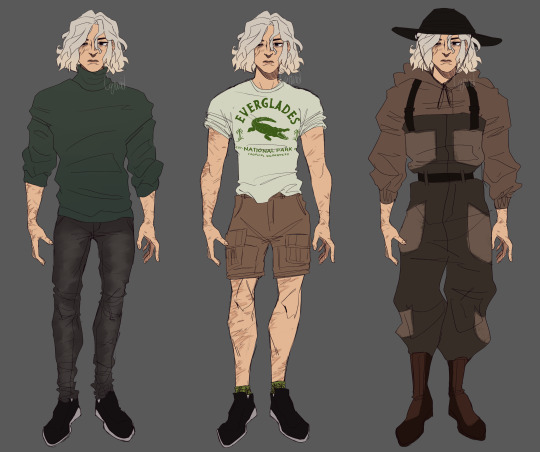

hello it's me again :| reference sheets for these idiots in the Florida ecology modern au. thank you (it's all I will ever draw hope you understand /j)
#mithrun#mithrun house of kerensil#mithrun dungeon meshi#mithrun dunmeshi#kabru#kabru of utaya#kabru dungeon meshi#kabru dunmeshi#dungeon meshi#delicious in dungeon#dunmeshi#florida au#ecology au#my art
539 notes
·
View notes
Text
Solarpunk Art 2023 (BIOREGIONS)
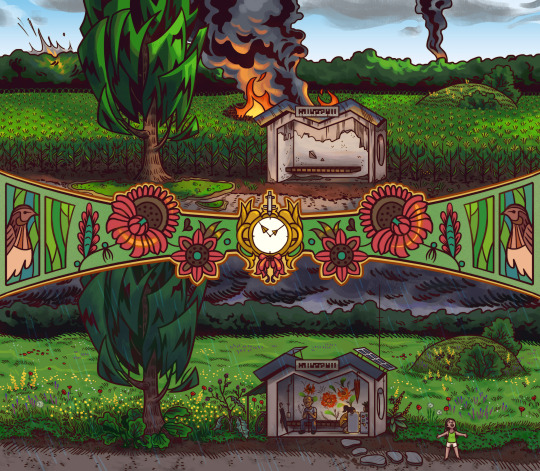
Temperate Grassland in Ukraine by @the.lemonaut.
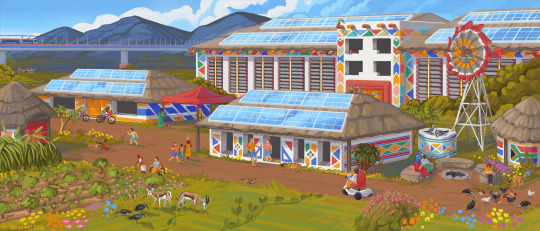
Desert/Xeric Shrublands in South Africa by @draakart
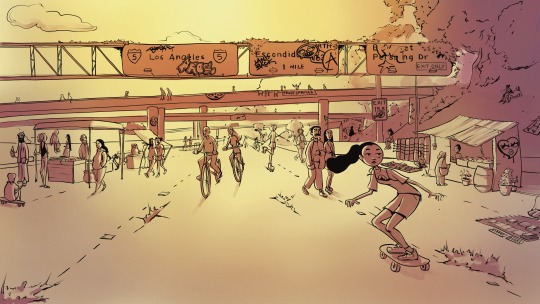
Mediterranean Forests/Scrubs in Southern California, USA by @helentadesseart
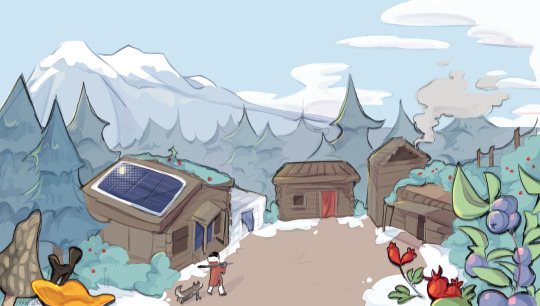
Boreal Forest by @_frandszk.

Mediterranean Forest/Scrubs in Tijuana, Mexico by Limonarte
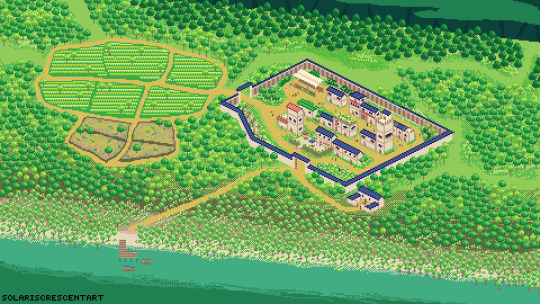
Subtropical Evergreen Forests in South China & Vietnam by @solariscrescentart

Tropical & Subtropical Moist Broadleaf Forests in the Philippines by @lacan.lacapat

Temperate Broadleaf & Mixed Forests in the Ozark Highlands of the USA by Xiantifa

Temperate Broadleaf & Mixed Forests by Arikadough
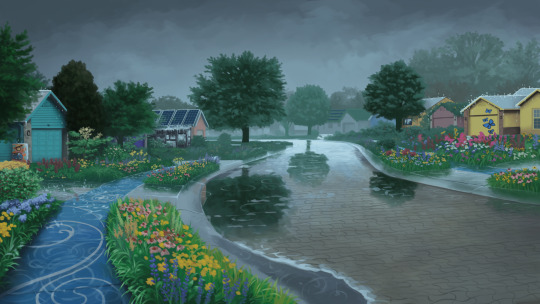
Temperate Broadleaf & Mixed Forests in Indiana, USA by Toby Raab
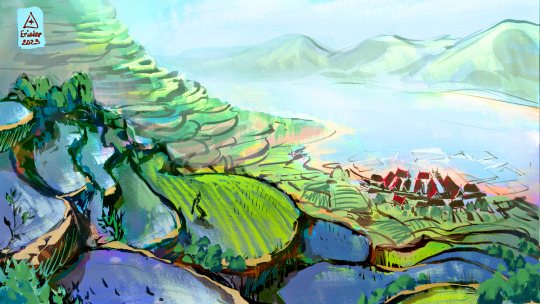
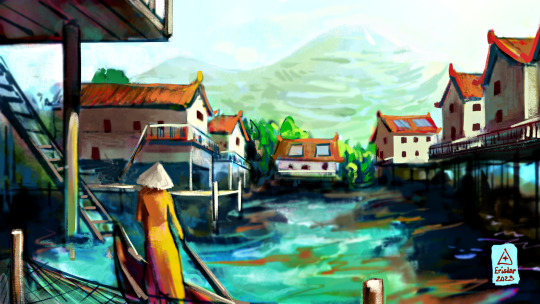
Subtropical Evergreen Forests in South East Asia by @erisdar_art
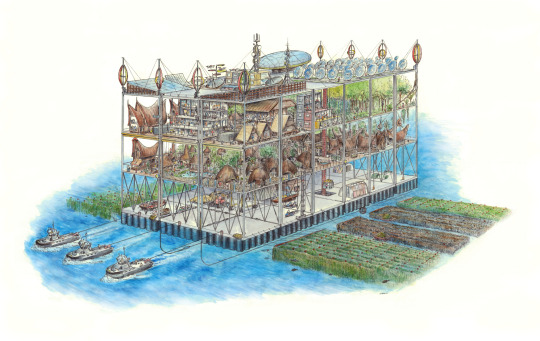


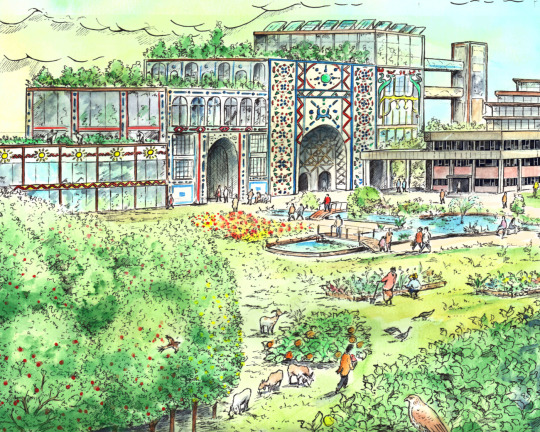

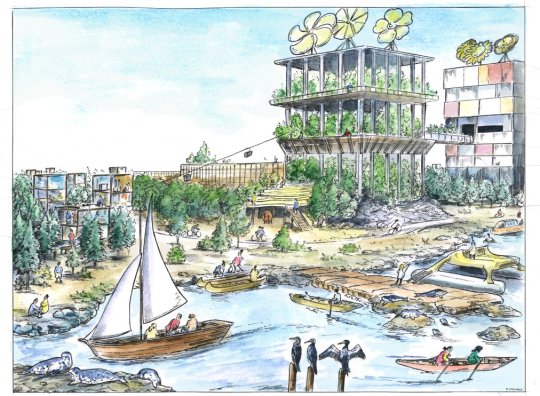
Various Bioregions by Dustin Jacobus (@solarpunkart)
706 notes
·
View notes
Text
Dr. Stacy Alaimo
(she/they)
Professor of English, Director of Graduate Studies for English;
Core Faculty Member, Environmental Studies;
COLT Participating Faculty; CSWS Faculty Affiliate
University of Oregon
I write about the strange and often volatile relations between environmentalism, science, theory, literature, art, popular culture, and gender. My concept of trans-corporeality links material feminism, new materialism, environmental justice, and environmental posthumanism. While my first three books build one coherent theoretical argument, my recent work turns to ocean life, developing the "blue" or oceanic humanities along with marine science studies.
Current Project:
The Abyss at Hand: Aesthetic Encounters in the Science, Art, and Literature of Deep Sea Creatures.
This book investigates the science, art, film, science fiction, and science writing about deep sea creatures, from the work of William Beebe and Else Bostelmann in the 1930s to the Census of Marine Life, which concluded in 2010. It investigates how aesthetic recognition of deep sea creatures scrambles scientific epistemologies and expands the terrain of environmental concern. I grapple with colonialist global visions, critique white masculinist narratives of exploration, analyze the categories of the surreal, weird, and alien; and swirl together emerging theories and methods in the blue humanities, while suggesting a more fluid and potent sense of the aesthetic. As the threats to ocean ecologies accelerate and the deep seas receive scientific, popular, and political attention, I hope this book will incite more discussion of the abyss at hand.
Exposed: Environmental Politics and Pleasures in Posthuman Times (Minnesota 2016) contends that the anthropocene is no time to set things straight. The book resists the temptation to engage in any sort of grand mapping that would be inimical to the embedded modes of epistemological, ethical, and political engagement that it traces, working instead through a surprising mix of theory, science, art, and activism. It begins by considering the pleasures of inhabiting places where the domestic refuses to domesticate and the walls decline to divide. It ends with an imaginary inhabitation of the dissolving shells of sea creatures who epitomize extinction in anthropocene seas. Along the way it considers queer animals, naked protests, the strange agencies of plastic pollution, and the gendered politics of climate change. Dwelling in the dissolve, where fundamental boundaries have begun to come undone, unraveled by unknown futures, can be a mode of ethical engagement and political inhabitation, which emanates from both feminist and environmentalist practices. Exposed locates new materialisms and material feminisms in fleeting ethical moments and compromised political sites that make up the massive temporal and geographical expanse of the anthropocene.[Cover art: Marina Zurkow, video still from "Slurb."]
Italian translation, published by Mimesis, 2023.
Korean translation, translated by Myung-Joo Kim, Chungnam National University Press, 2023.
Chapter,“Eluding Capture: The Science, Culture and Pleasure of “Queer” Animals,” translated into Greek by John Giannis/Rigas Ioannis, for a DIY activist zine, with new illustrations, 2017.
Inspired special issue of Simulacrum magazine (Amsterdam) “Practicing Exposure.” Including an interview with Max Litjens and Michelle Geraerts, 2019. http://simulacrum.nl/2019/call-for-papers-practicing-exposure-simulacrum-x-fiber-festival/
Special session, “Author Meets Readers” at the Association of American Geographers, 2018.
Podcast Interview, with Chris Richardson, This is Not a Pipe, February. 2018.https://www.tinapp.org/episodes/exposed
U of MN: Blog post: “Climate Change, Carbon-Heavy Masculinity and the Politics of Exposure” http://www.uminnpressblog.com/2016/10/climate-change-carbon-heavy-masculinity.html (October, 2016)
Culture of Energy Podcast, #39, with Cymene Howe and Dominic Boyer, Center for Energy & Environmental Research in the Human Sciences, Rice University
Podcast interview: New Books in Environmental Studies, New Books Network: Feb., 2017.
Finalist for 2017 ASLE Book Award for Ecocriticism
Bodily Natures: Science, Environment, and the Material Self (Indiana UP, 2010). Environmental justice, environmental health, and material feminisms occupy the "trans-corporeal" sites where body, place, and substance intersect. Bodily Natures develops my new materialist, material feminist conception of environmental thought and practice. [Cover art: "Toxic Girl," Fawazo.]
Winner of the ASLE Book Award for Ecocriticism, 2011
Featured in New Books Network interview and podcast, 2013: http://newbooksnetwork.com/stacy-alaimo-bodily-natures-science-environment-and-the-material-self-indiana-up-2010/
Plenary book session at the International Association of Environmental Philosophy, Eugene, Oregon, 2013.
Korean translation,by Joon Yun, Konkuk University, Seoul, Institute of Body and Culture, published by Greenbee, as 말, 살, 흙, Word, Flesh, Dirt, 2018; second printing, 2018.
Chapters translated into Portuguese, Spanish, Polish,
Key concept, “trans-corporeality” taken up widely in humanities and social sciences, and included as an entry in Rosi Braidotti’s The Posthuman Glossary
Art exhibit, “Transcorporeality” at the Museum Ludwig, Cologne Germany, Fall 2019; published essay in catalogue, Fall 2020.
Undomesticated Ground: Recasting Nature as Feminist Space (Cornell 2000) Written during a time when academic theory spurned the concept of "nature," this book delves into the negative discursive histories of that term, while posing more positive visions for feminist environmentalisms. By drawing on poststructuralist feminist theory and cultural studies, I advocate gender-minimizing, queer, intersectional feminisms that recast nature as feminist space. Darwinian feminists, Marxist feminists, birth control activists, postmodern artists and novelists, and queer writers reinvent the concept of "nature," contending that culture, not "nature" is the ground of essentialism and gender normatively. [Cover art: Ana Mendieta.]
Excerpts on “Mother Earth” reprinted in Nuda Paper(commercial paper sold in Stockholm, Paris, Berlin, and London), Fall 2019.
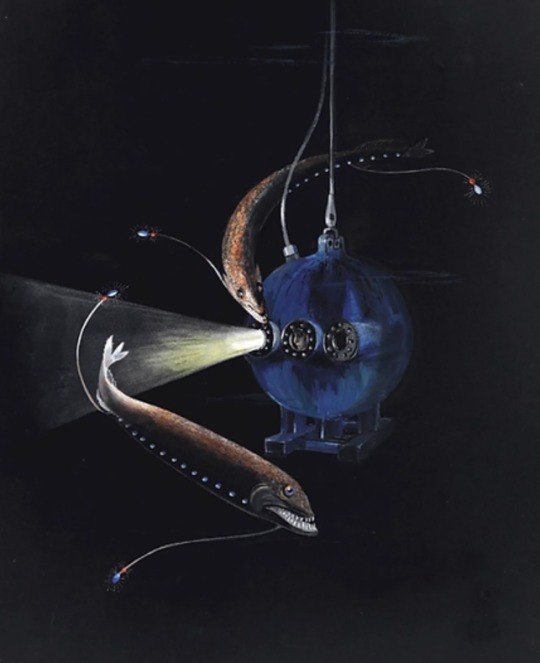
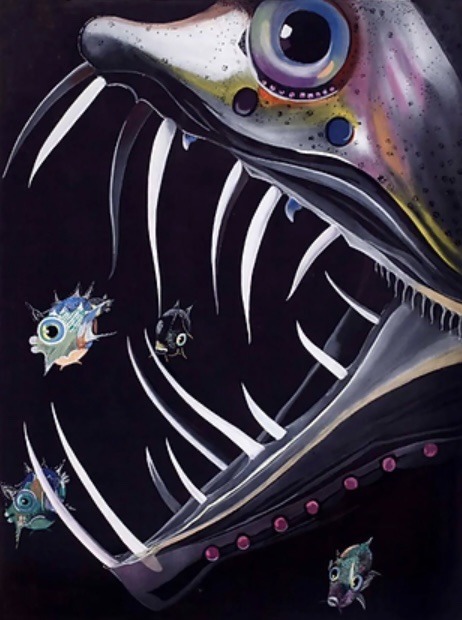
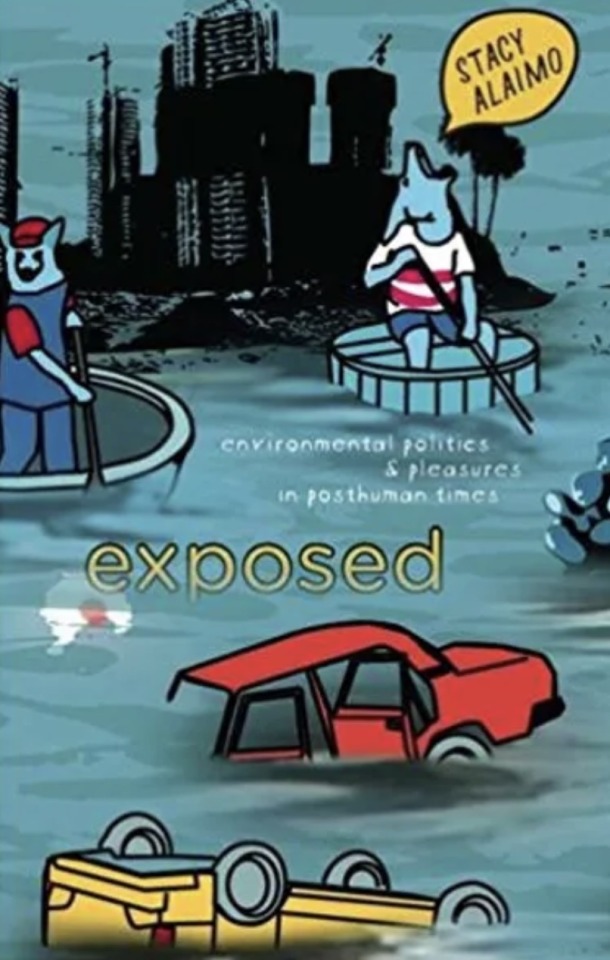

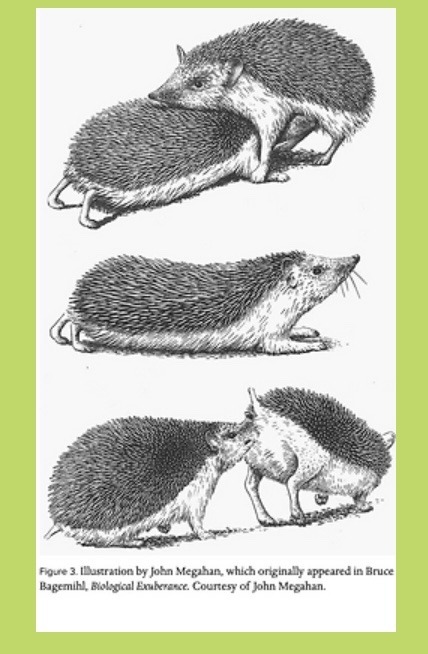
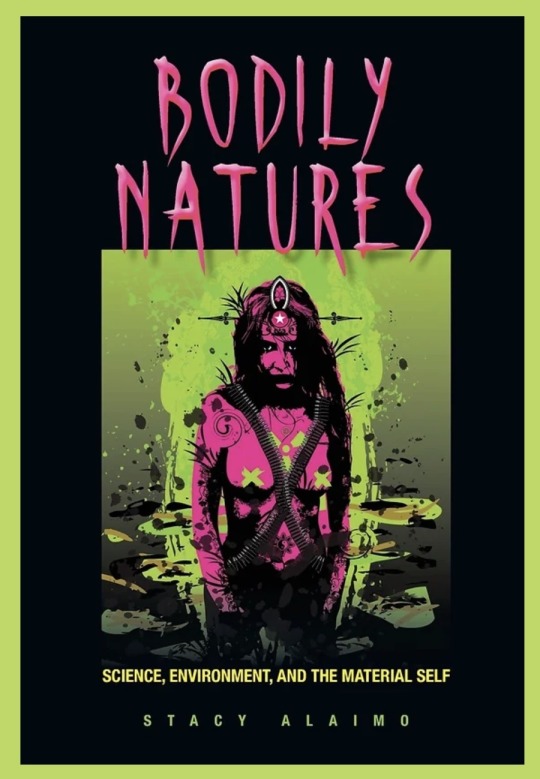
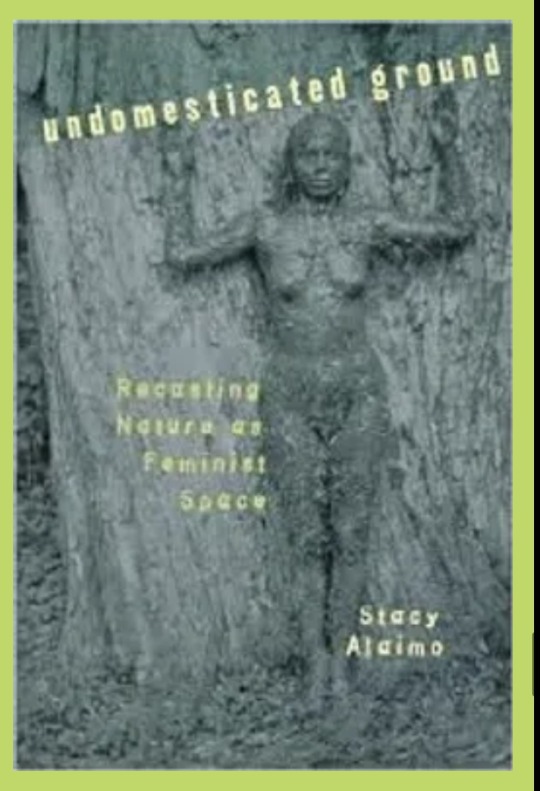

#Stacy Alaimo#post-humanism#ocean ecologies#art and ecology#ecology#science and art#queer animals#climate change#gendered politics#anthropocene
3 notes
·
View notes
Text
This is a list format microfiction I posted to my patreon last year, and have now released with some slightly expanded writing and new illustrations; I won't illustrate all my list-fiction like this, but this was my attempt to conceive of "creatures" so simple and so abstract I could illustrate most of them in only seconds and it actually isn't even definite that they're "creatures" at all, really:


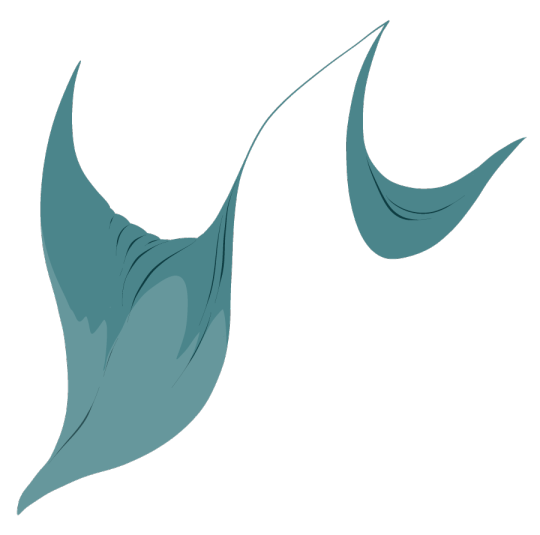

There are sixteen at the link, though a couple of them couldn't be illustrated at all. I tried to make their descriptions actually more puzzling than their aesthetics :)
#fiction#creepypasta#art#creature design#spec evo#or is it?#is it spec evo if it's this removed from our reality?#does it become spec evo simply because I included what may be practical survival adaptations and ecological relationships???
475 notes
·
View notes
Photo
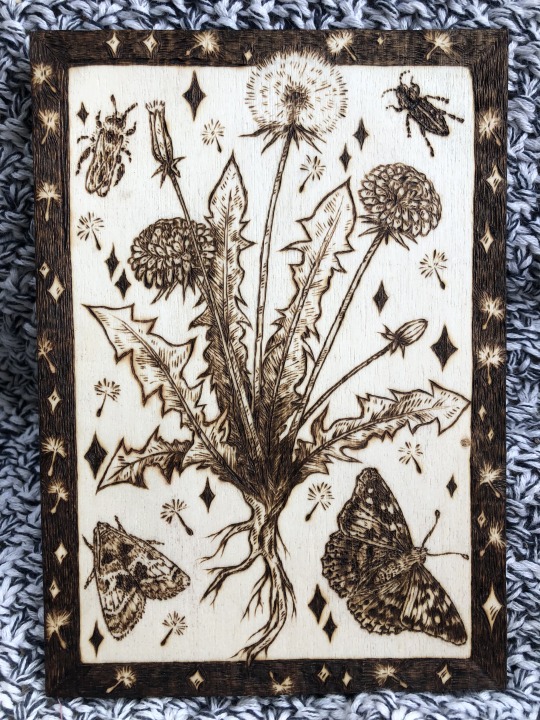
what a dandy lion!!
a piece to mitigate the (dandy)lion hate, species depicted are the painted lady butterfly, melipotis moth, mining bee and jewel beetle!
#nature#artists#artist#artist on tumblr#fantasy#bugs#illustration#graphic design#art#woodburning#freelance artist#D&D#my art#ecology#scientific#science#dandelion#queer#queer artist#queer art#plants#insects
2K notes
·
View notes
Text
The Takin is such a whimsical herbivore, like God commissioned Dr. Seuss for this one.



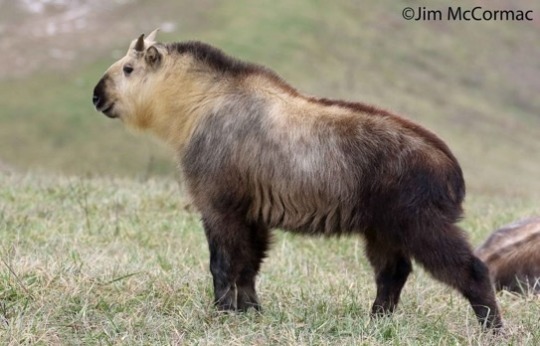
#speculative biology#speculative ecology#speculative evolution#speculative zoology#traditional art#traditional sketch#spectember#paleontology#specposium#fanart#animals#takin#cute animals#paleo meme#paleo#paleoillustration#paleo art#paleontologist#paleoblr#creature#shaggy animal#herbivore#dr. seuss
24K notes
·
View notes
Text

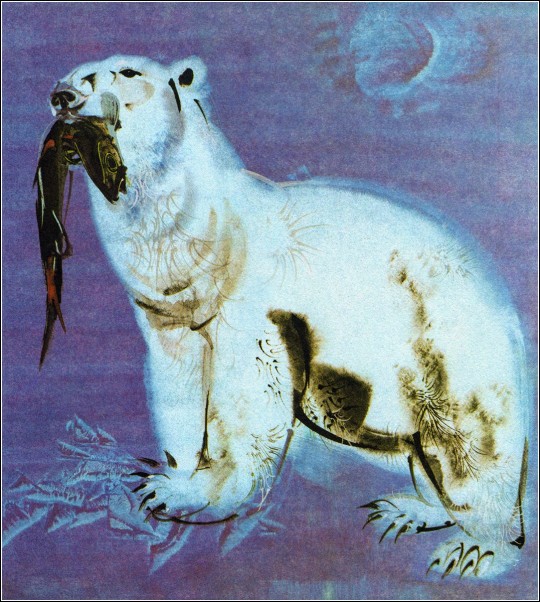

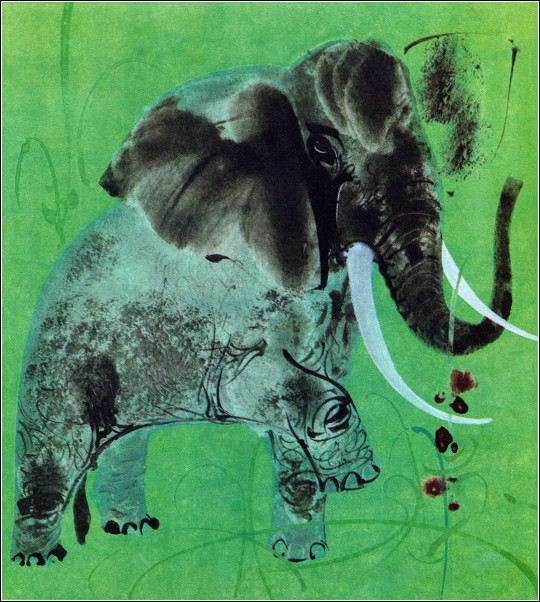

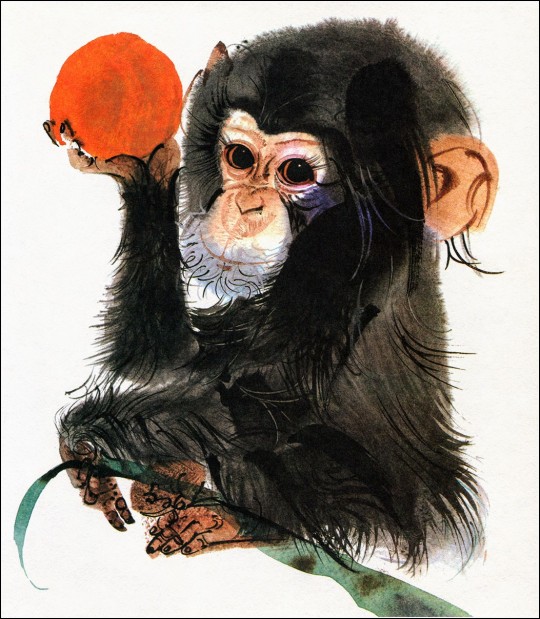




Mirko Hanák (1921-1971) Watercolor paintings on rice paper, 1966.
#mirko hanák#retro#1960s#art#animals#nature#furry#wildlife#vintage#60s#zoo#watercolor#light academia#culture#zoology#ecology#earth#conservation#science#naturecore#🌱
569 notes
·
View notes